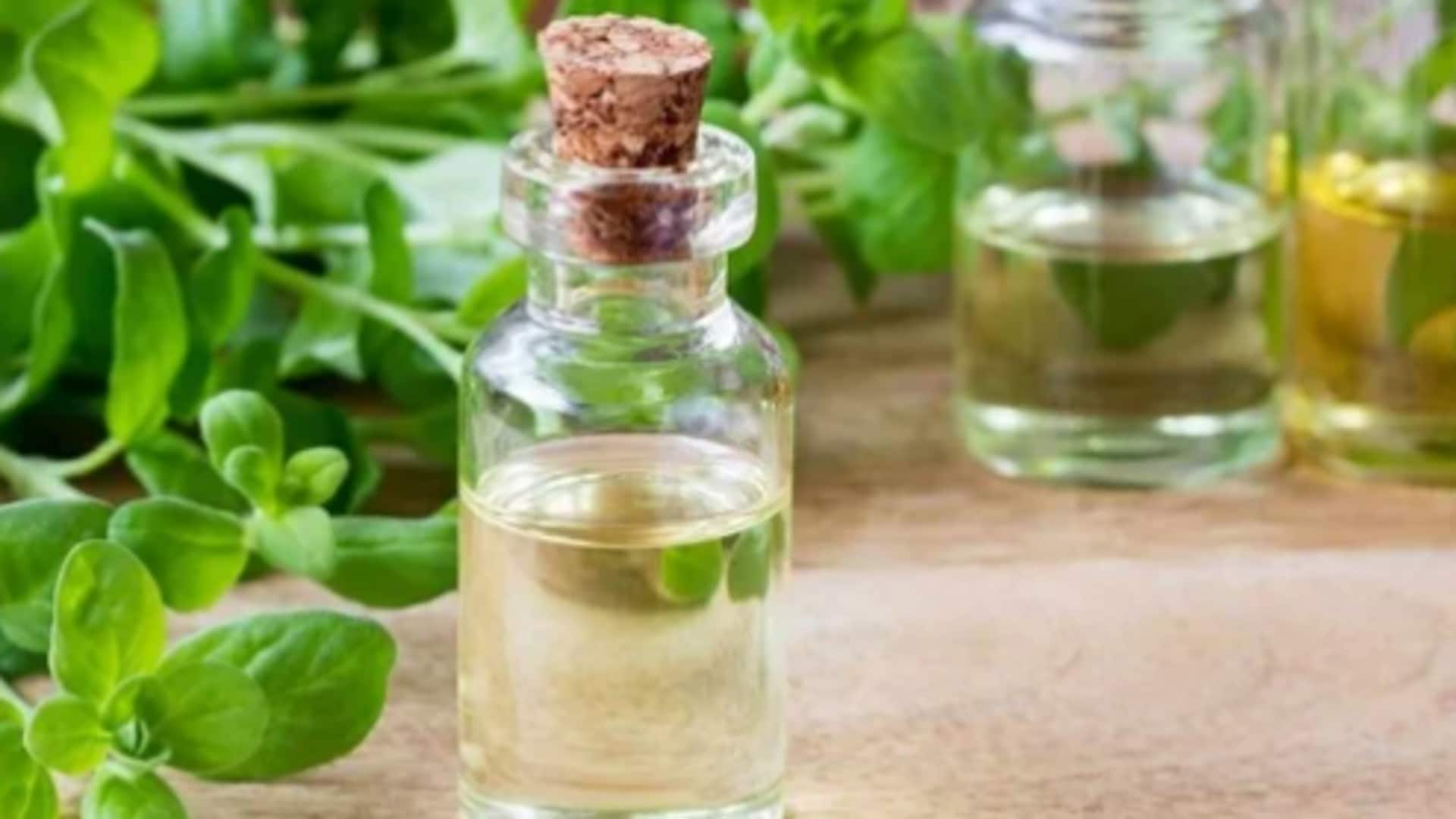
Soothing muscle relaxation with marjoram oil
What's the story
For hundreds of years, marjoram oil, derived from the leaves of the Origanum majorana plant, has been prized for its medicinal qualities. This essential oil is particularly known for its warming properties, which can help alleviate muscle tension and foster a sense of relaxation. Discover different methods to utilize marjoram oil for muscle relaxation in your wellness routine in this article.
Application
Direct application for muscle relief
Mixing marjoram oil with a carrier oil (such as coconut or almond oil) and applying it directly to the affected areas can provide immediate relief. For every five drops of marjoram oil, combine it with 10ml of carrier oil. This blend can be massaged gently onto the sore areas, providing immediate comfort and helping to reduce muscle spasms.
Bathing
Enhancing bath time
A few drops of marjoram oil in your warm bath can transform your soak into a spa-like experience of muscle relaxation and stress relief. Six to eight drops of this essential oil in your bath water will melt away tension, loosening tight muscles and calming your mind after a long day.
Aromatherapy
Aromatherapy benefits
Diffusing marjoram oil in an aromatherapy diffuser can greatly help in establishing a peaceful atmosphere, perfect for unwinding tense muscles. Breathing in its warm and mildly spicy aroma assists in alleviating stress, a common culprit behind muscle tension. Just add three to four drops of marjoram oil to a diffuser to experience this calming effect.
Blending
Complementary blends for synergy
Marjoram oil pairs well with lavender, peppermint, and eucalyptus oils, which are also renowned for their muscle-soothing benefits. By combining equal parts of these oils, you can create a powerful blend that amplifies their effectiveness when used topically or in aromatherapy. This synergy doesn't just relax your muscles; it also promotes a sense of well-being.
Safety
Precautions and dilution ratios
Although marjoram oil is safe for most people when used appropriately, you should always do a patch test before using it widely to ensure you're not allergic to it. And, always follow the recommended dilution ratios—usually two percent of the essential oil in any blend—to prevent skin irritation or negative side effects.